Slam Exploration goes looking for respect
A guy spends $150,000 on a jaw crusher and hammer mill, pours blood and sweat into an operation to prove there really is something worth mining here, and still he can’t get respect. That’s how Slam Exploration CEO Mike Taylor felt after learning of remarks from Arizona minerals engineer Tim Oliver who maintains a watch list on mining projects he thinks are destined for the ash heap. His assessment of Taylor’s Menneval gold mine in northwest New Brunswick? Well, not especially flattering:
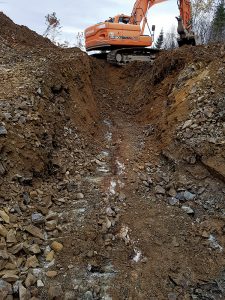
Being a small gold miner comes with challenges.
“This reminds me of the TV show Gold Rush. A couple of dudes scraping out some colour and putting it through a makeshift gravity mill
What is recovery? What are operating costs? Did they get the title to the claims they talked about in the financial report? Is there a flow diagram?
“I’m sure they don’t have a furnace, so they must ship the con somewhere for treatment. They can make more as Uber drivers in Toronto.”
A little harsh? Perhaps. Numerous Canadian gold mining operations have struggled in recent years. Many started small and have remained that way. For his part, Taylor admits he’s not Barrick or Kinross. His aim at Menneval is to prove there’s gold there that is recoverable and economical. A 43-101 technical report underwritten by a massive drilling project is not necessarily required.
And yes, says Taylor, Slam does own the claim, a licence of occupation entitling it to the ground at Menneval. He acknowledges Oliver has valid questions, some the company can answer, some at this stage it can’t.
“This is a test program. We don’t expect we’re going to get positive remarks from your average mining engineer. But we’re going to have to prove a few things. To me we’re off to a good start,” he said.
Going back to basics
Back in January 2015 prospects at the Menneval mine site really did look grim: operations at a standstill, an accumulated deficit approaching $24 million with only enough money to meet minimum property expenditures for five months. More money was going out, none coming in, casting “significant doubt about the company’s ability to continue as a going concern.”
A year and a half after that financial statement, this: “Slam Exploration Ltd. is pleased to report it is processing gold ore from the Maisie gold deposit through the turnkey gold plant at its wholly owned Menneval gold project in northwestern New Brunswick.”
One hundred thirty tonnes of crushed ore extracted from a high grade section of a gold zone known as the Hook, and 150 tonnes of quartz material stockpiled and ready for crushing.
What happened? Taylor was asked. A change in priorities, he replied.
“In January we’d finished our permitting process and were still making our plans and unsure how receptive the market was going to be. But gold was certainly on the uptick and so we optioned out our Superjack zinc deposits at Cache Creek to Callinex Mines and focussed on our gold project.”
Finances boosted, Taylor put in an order for equipment purchases, signaling to financial markets Slam was back in business. “I think the key for us was focussing on a gold project and one where we had a bit of control over the outcome.”
Again, Oliver was not impressed by the bulk sample permit to take 2,000 tonnes over two years. “They will mine and mill the allowed amount, and then what? It isn’t likely to make them money. Seems they just don’t have time or money to drill.”
But hold on, says Taylor. It’s because so many ventures fail due to overly optimistic resource estimates, that he took a measured, conservative approach to exploiting the Maisie gold deposit – putting away the diamond drill bits in favour of bulk sampling.
“Now there’s going to be a stage where we will have learned about all we can about the deposit from both our excavation and bulk sample program. At that stage, it will become important to revert back to the drill to see where it goes at depth,” Taylor said.
First things first
What Slam wanted its test pit to show was that despite little historical evidence in the region “the area was capable of producing recoverable gold.” Why such confidence? Well, for one thing, Taylor said they could see the gold coursing through the vein, with an initial discovery trench producing a bonanza grade chip sample assayed at 1,100 g/t Au over 1.1 metre in 2012, followed by reports of high grade mineralization channel samples ranging from 5.17 g/t over 1.0 metre up to 49.5 g/t over 0.45 metre.
Rather than spend more money on expanded drilling the company decided to spend it on actually producing gold and evaluating it. Taylor’s plan: bring in small scale mining equipment to exploit a vein system at Maisie deposit striking over 700 meters and containing a series of high grade shoots.
To test the equipment, Slam sent a 42-kg ore sample last winter to Mount Baker Mining and Metals LLC in Bellingham, Wash. While further processing was required, the company announced the shaker table had produced 100 grams of gold‐bearing concentrate, with two additional tailings samples returning assays of 32.5 and 34.2 g/t Au.
Once again, results were encouraging. By September the turnkey plant was operating at full capacity, the hammer mill pounding vein material to pass through a 0.8 mm screen and separating heavy minerals and visible gold passing over the shaker tables to produce a gold-bearing concentrate at a rate of 1 to 2 tonnes per hour.
“This is free gold that is discreet ranging from 5 μm up to 2 mm,” Taylor said, “unencumbered by sulphides or other minerals.”
This, Taylor said, had real potential to add significant tonnes to the deposit already being processed. “Some of its oversized material that we need to break down with the hydraulic hammer. But it’s sitting there ready to be processed.
Go deeper?
“We’ve already drilled the Hook to a depth of 30 metres. Our next step is to ask: Can we take this to 60 or 100 meters?” And that goes for the other shoots as well, Taylor adds.
“We know at both the smaller and bigger scale it has classic features of a California motherlode type of vein. These generally run deep, we’ve proven that there’s recoverable gold there so we’re confident that we’re going to be able to advance the project.”
At the end of the day details potential backers will want are ore mining and daily production rates as well as projected mine life, i.e. Can Slam establish a sustainable mining and processing program and expand that into a longer term operation? “Those are out two key goals,” said Taylor.
Is he setting his sights elsewhere in the region? You bet. The Maisie discovery came as a result of a one-year option taken on a site 30 km to the southwest of the town of St. Quentin.
“There was significant gold there in an area that hadn’t really been explored before and my first impulse was that they’re must be more of these things in this environment,” Taylor says.
Another potential plus: the area consists of sedimentary rock along the footwall of a major fault. “I think that fault structure is the key to these deposits.”
We’re all in this together
So just how unlikely is it that Slam’s work at the Menneval gold mine in will come to nothing, as Tim Oliver suggests? Well that depends. In many ways, its experience in the past year and a half reflects the situation larger junior gold mining companies specializing in small scale mining have faced over the same period. In March 2015, the Wall Street Journal reported that Gold Canyon Resources Inc. with 5.1 million oz of gold and a camp of more 60 staff at its mine in northern Ontario were down to “a couple of guys” keeping intruders out.
That same month more than 2,300 companies, mostly from the junior sector, looked for private financing at the annual Prospectors & Developers Association of Canada conference in Toronto. Most came away empty handed. The WSJ opined that Gold Canyon and other junior miners were “part of a generation of junior mining companies that has gone into hibernation.”
And Slam Exploration? Well, they weren’t exactly sleeping.
“We were able to raise enough money to start the project,” says Taylor. “And we’re still optimistic going forward that we’re going to dig up a significant amount of gold.” And by the way, he added, he still loves Gold Rush. “
Everybody who visits our site tells us ‘You remind us of the TV show.’ It’s exciting.”

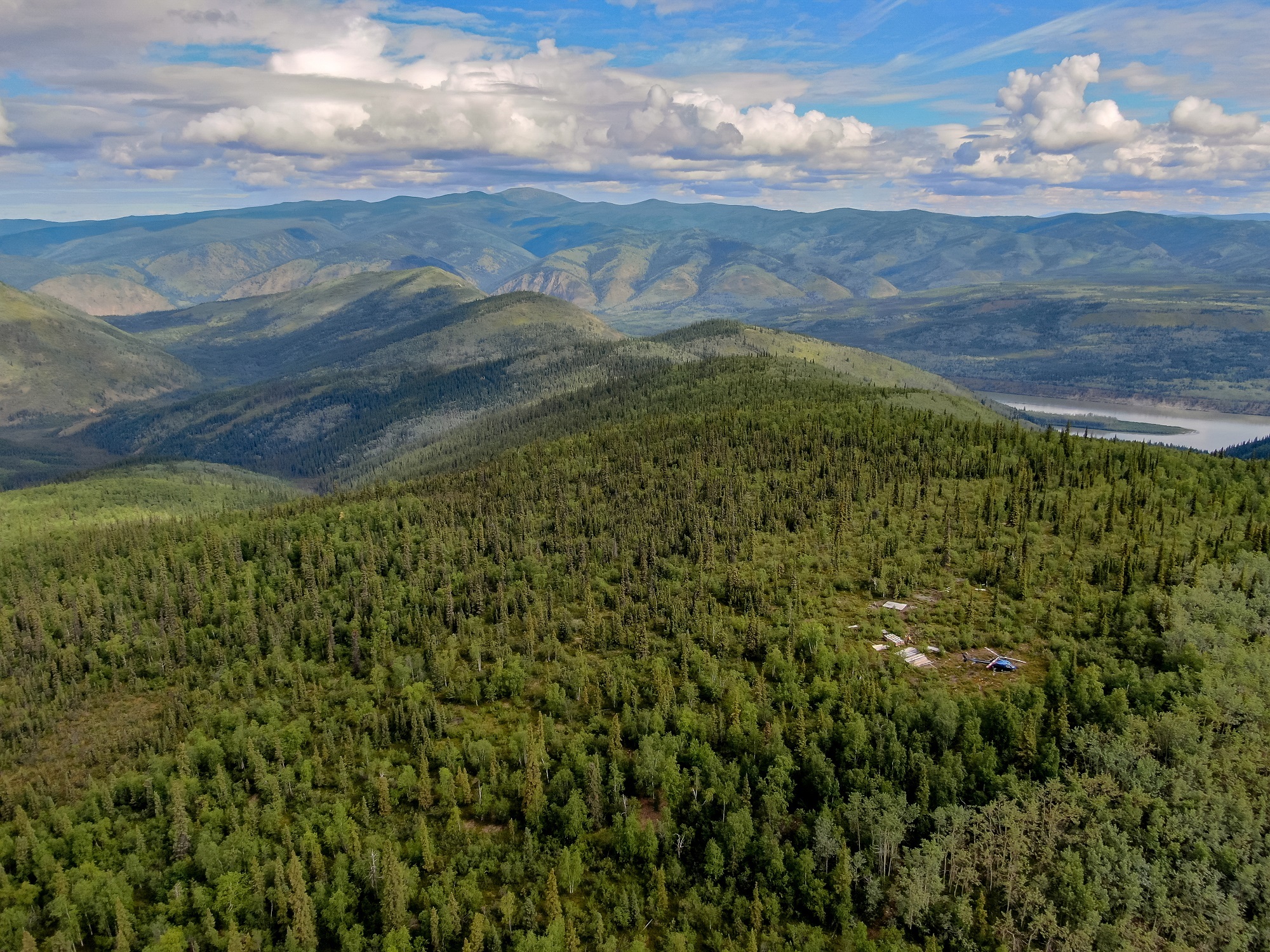
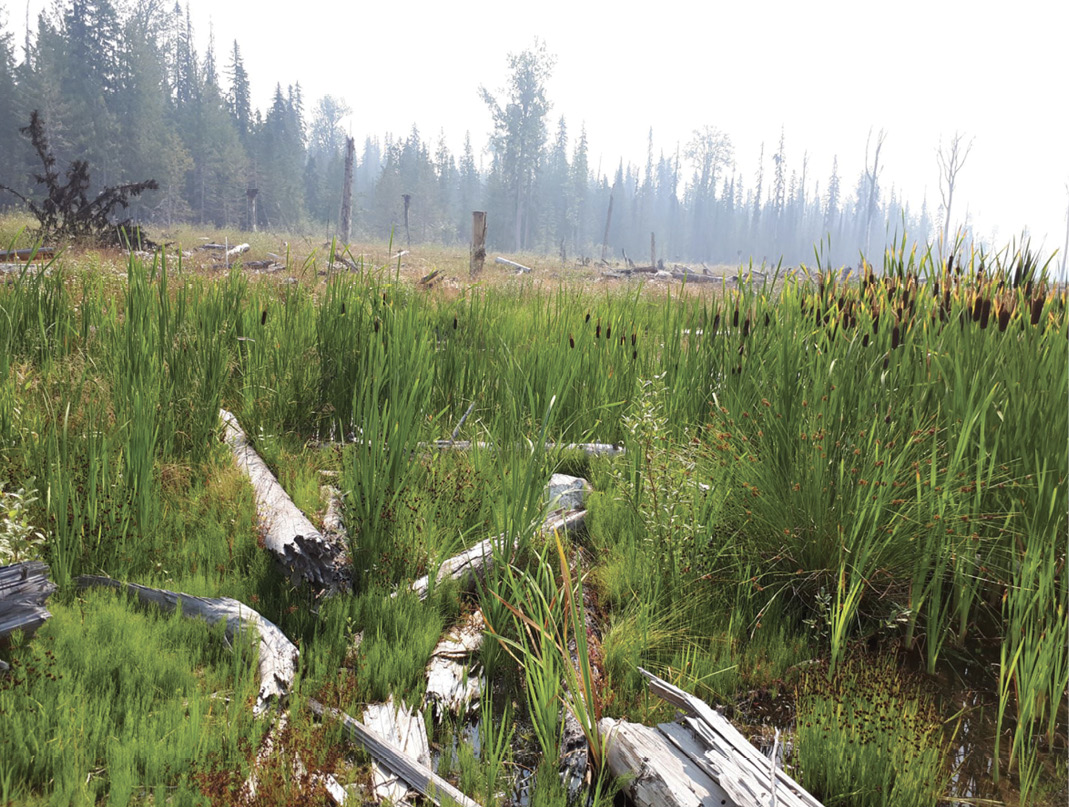
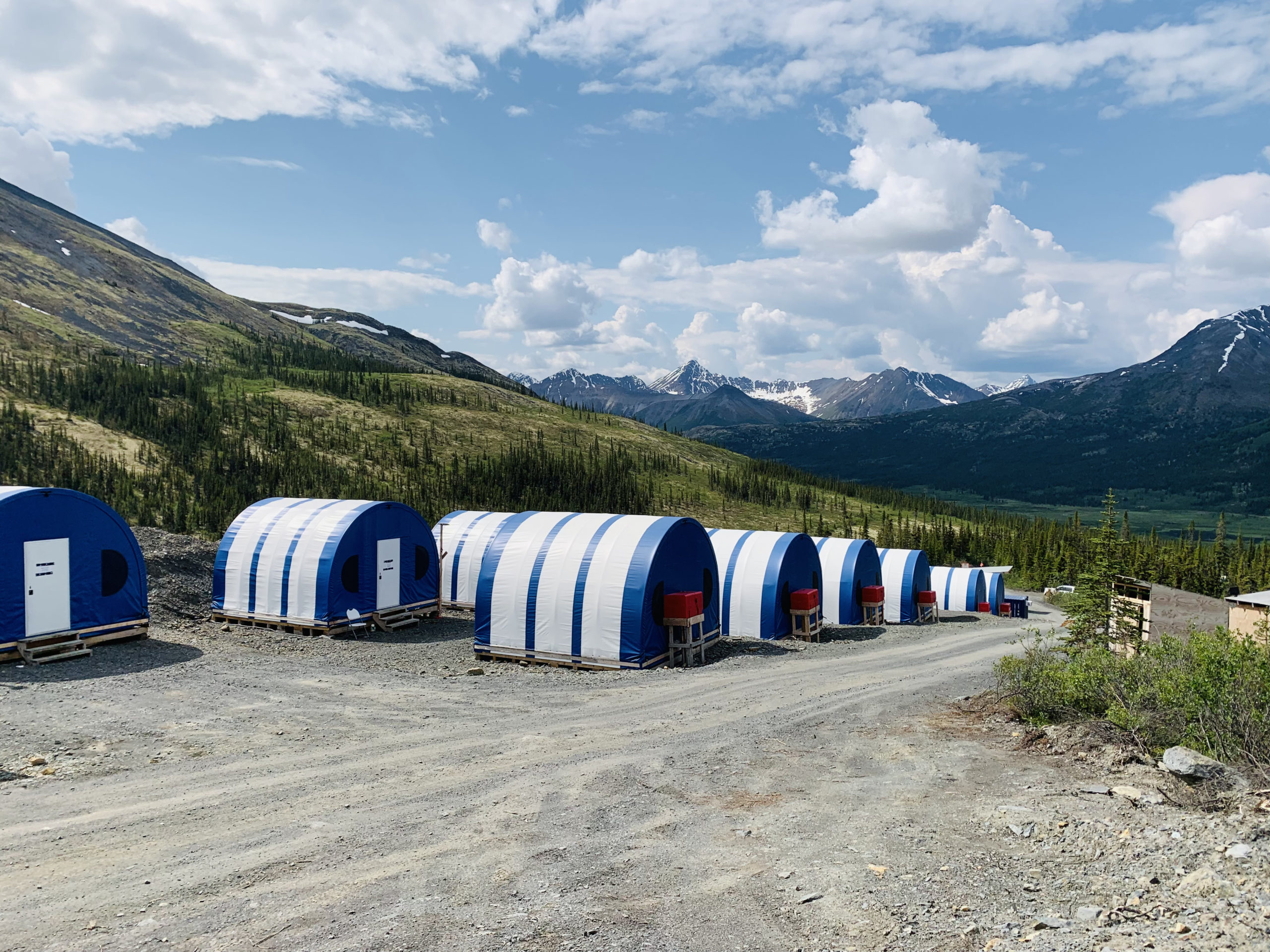
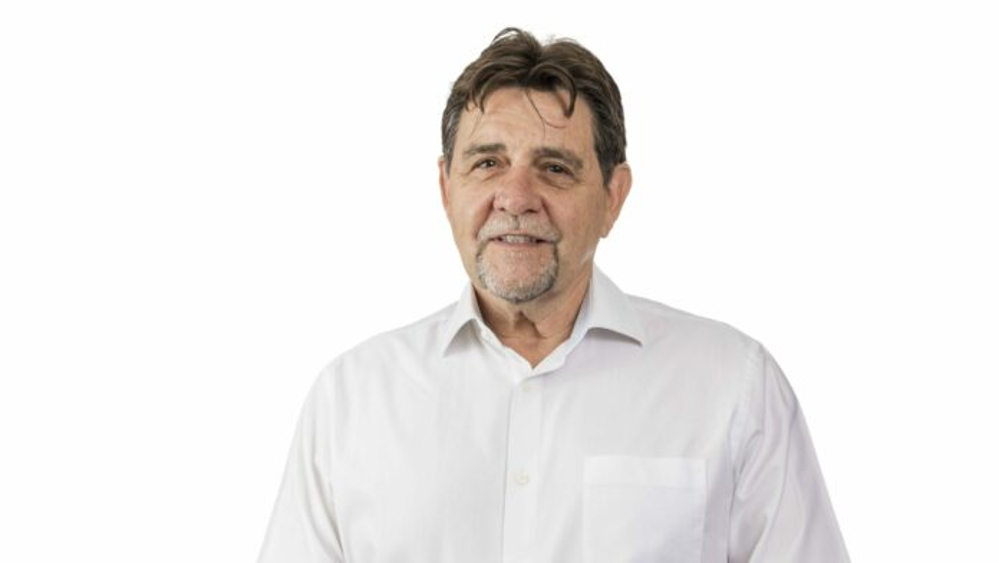
Comments
Bruce
Tim Oliver might have missed the whole point of the processing.